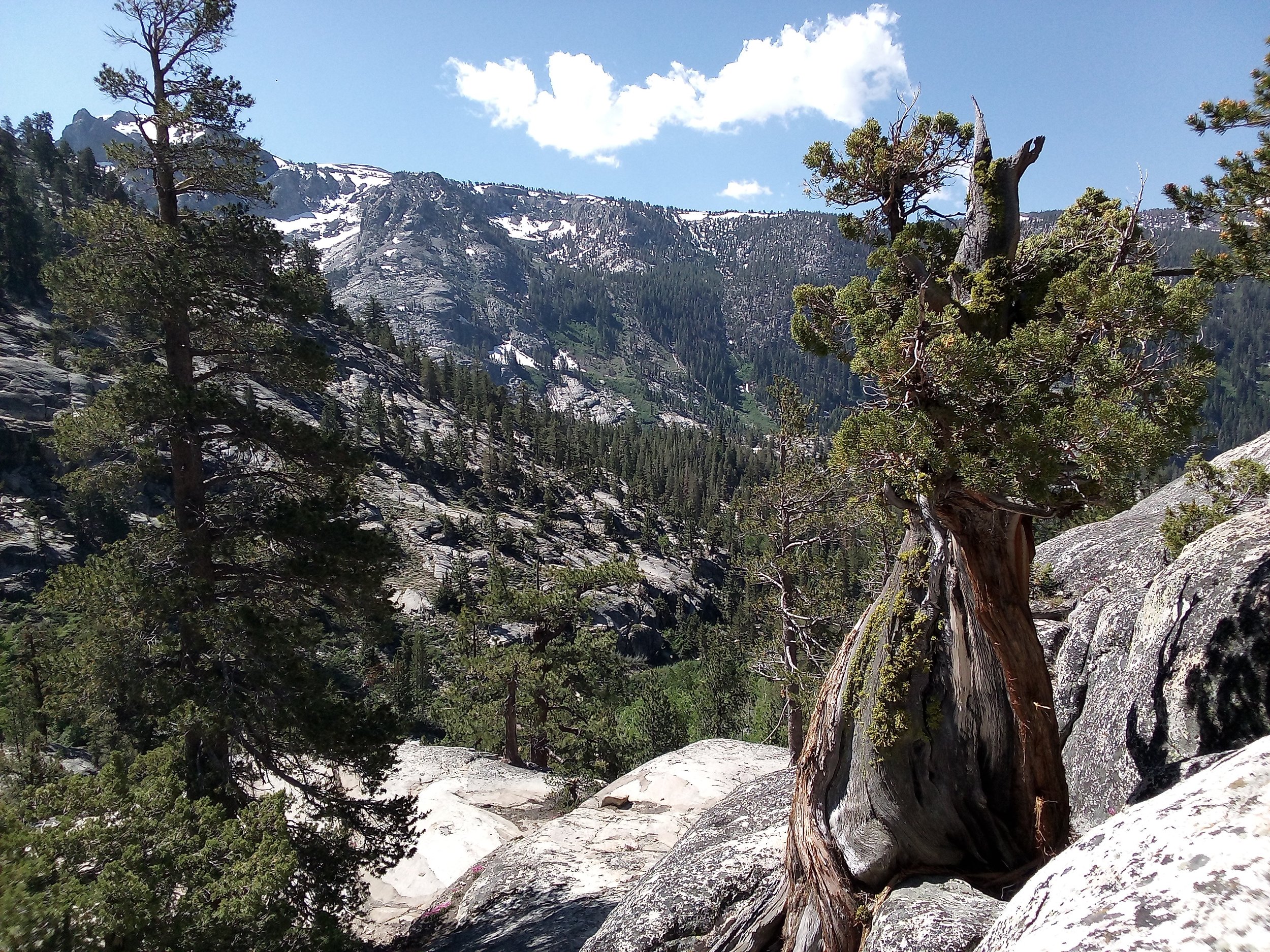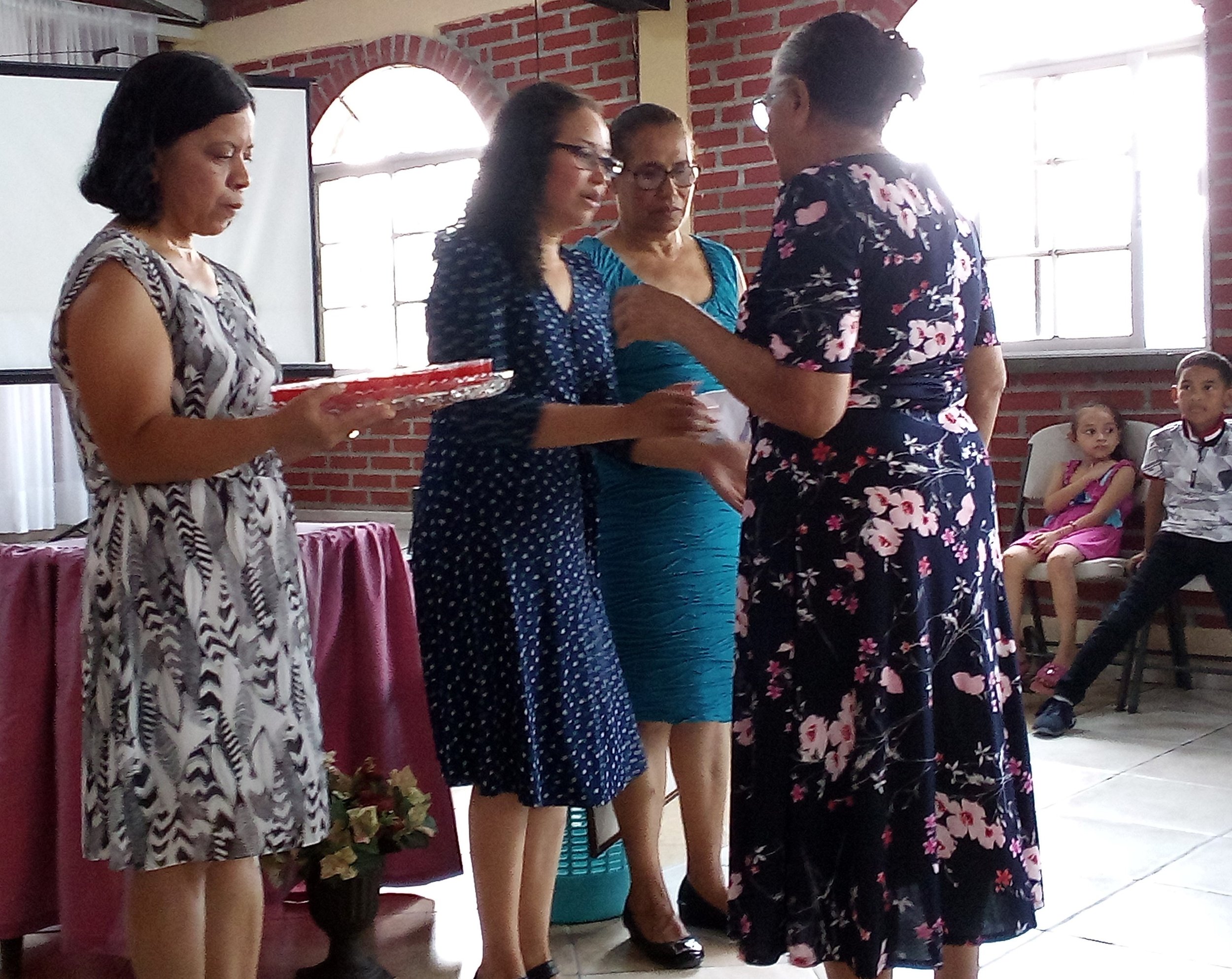For years, in the first class of my ethics course I included a section on character ethics. In recent years I included this quote by Rebecca Konyndyk DeYoung : “It’s very important to ask yourself, ‘Is this the right thing to do?’ That’s an important ethical question no doubt. But, it’s at least as important an ethical question to ask yourself, ‘If I do this thing today, and tomorrow, and the next day, and over and over again for the next five years, what kind of person will I become?’ And that’s a character question. So I do not want to reduce ethics to act-centric-only kind of thinking. . . This is a lifelong project of character building” (Mars Hill Audio, 150, 2021).
DeYoung recently moved me to a new level of interest in and conviction about character ethics in a podcast interview with Lee Camp (No Small Endeavor, 12/2023). She observed that in the Reformation, Protestants shifted from virtue-vice talk to commandment talk. I immediately made connections to bounded and centered. I have for years stated that bounded religiosity needs easily measured and relatively easily attained behaviors. So, bounded does not include character qualities or virtues in the line that defines who is in and who is out. DeYoung led me to a bigger issue.
A bounded approach combined with the Reformation shift to a legal/laws/rules focus does not just fail to emphasize virtues; it sets up a detour that pulls people away from character development. Sit with that for a moment.
I want to be careful to not overstate. In my bounded-church past there was talk not just of complying and being on the right side of the line, but of becoming a better Christian—character was part of that. But I now see more clearly that, combined with the Reformation law focus, the bounded paradigm undercut any emphasis on virtue development.
What energized me, however, was not just adding something new to my list of critiques of a bounded approach, but a greater appreciation for the potential of the centered approach to enable a flourishing of character development.
The centered approach and character ethics are a positive feedback cycle. The centered approach facilitates a greater emphasis on virtues. And, since character development is a process, its journey nature reinforces the trajectory element at the heart of a centered approach.
The centered approach facilitates it, but the character emphasis and character growth are not automatic. Most of us have been saturated by the laws-oriented language flowing out of the Reformation. Our call is not just to nuance that language in centered ways, but to also increase our use of language of virtues and increase discipleship work focused on character development.
What are some virtues mentioned in the Bible that we could seek to develop through centered discipleship?
What are ways to shift focus and put more emphasis on character and virtue development?
What are centered ways to aid people in character development?
Related insights from others:
When I shared the above insights with Dustin Maddox he said, something like, “Let’s think about the development of communal character, not just individual.” I felt two things. One, saddened and humbled at how strong the default to the individual is in me—in spite of emphasis in my teaching and writing to give more attention to the communal that is so present in the Bible. Second, excitement for the potential of a congregation working together to improve the character of the group. What are centered ways to work at improving corporate virtues?
Recently I met with leaders of the Mosaic Mennonite Conference to discuss centered-set church. During a conversation on defining the center and dealing with disagreements about what should be part of the center, Rose Bender suggested making character qualities, like kindness, compassion, and curiosity part of the agreed upon center. I think it is a brilliant suggestion. If people are regularly reminded what makes up the center, then including character qualities in the center will do a number of things. One, it communicates that how we treat others is as important as beliefs we hold as central. Two, as stated above, it will be a constant reinforcement of the centered approach because character development is a process and not the stuff of bounded lines. Three, it facilitates the implementation of a centered approach because, as described in chapter seven of Centered-Set Church, these character elements are necessary for the flourishing of a centered-set approach.
A thought I had while writing the above paragraph, by doing what I do in chapter seven, calling them character traits observed in Jesus, they make a natural fit as part of the center of a Jesus-centered church.











